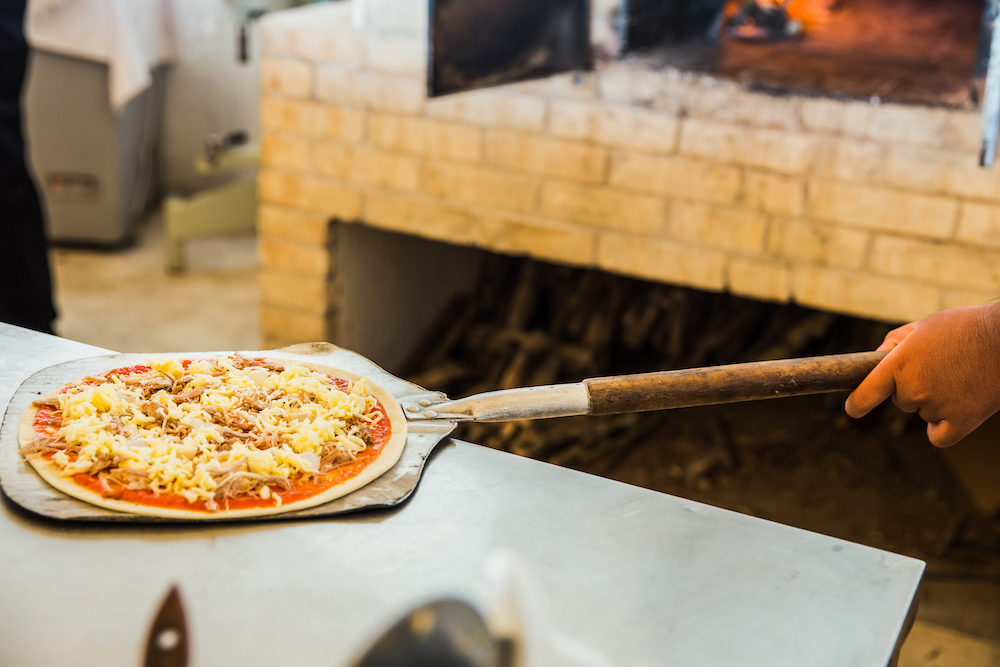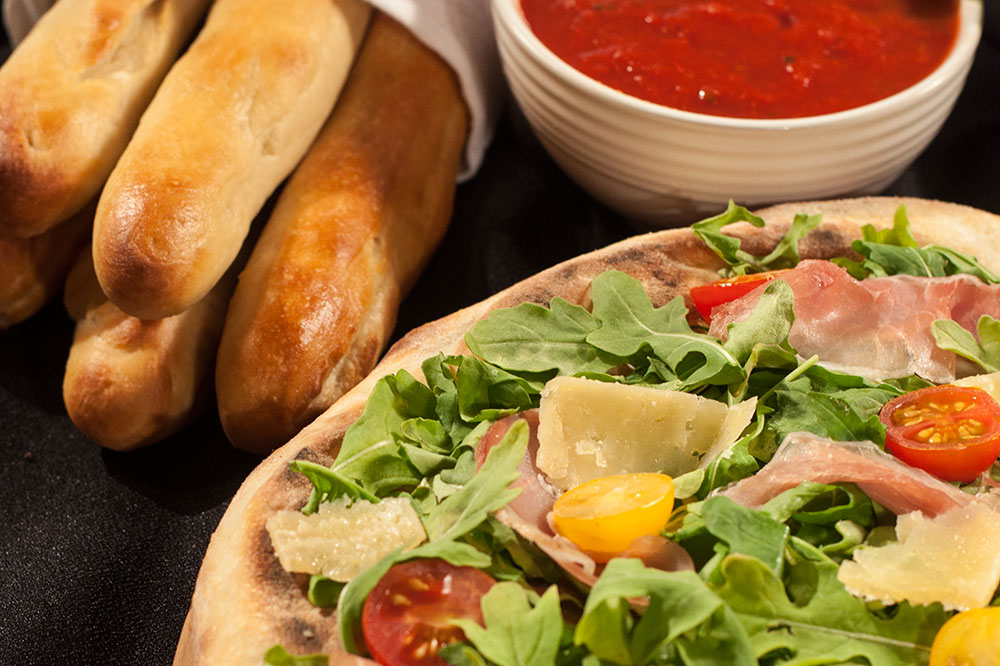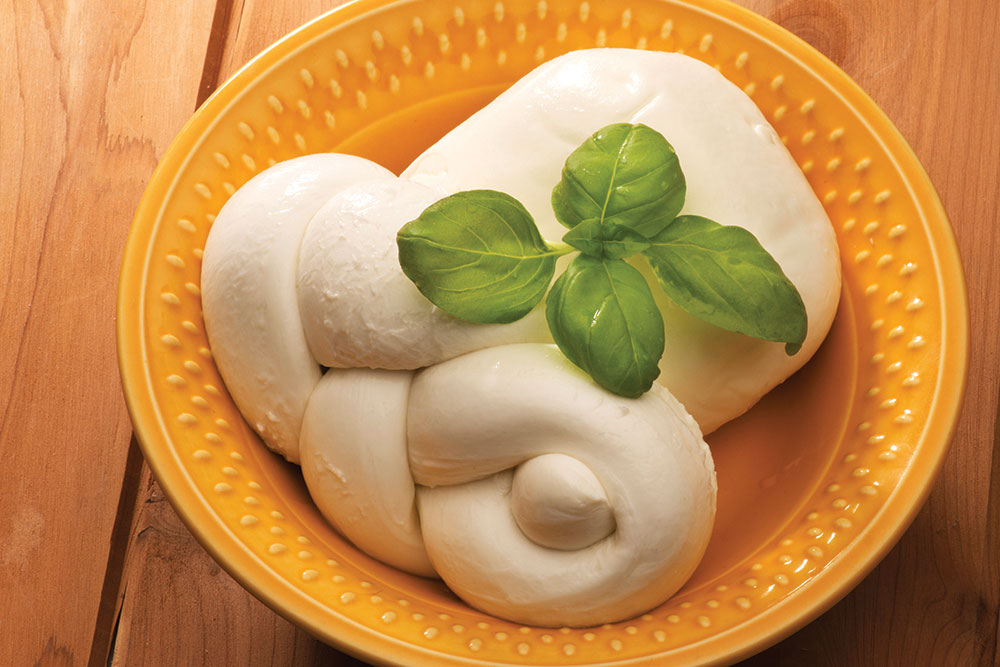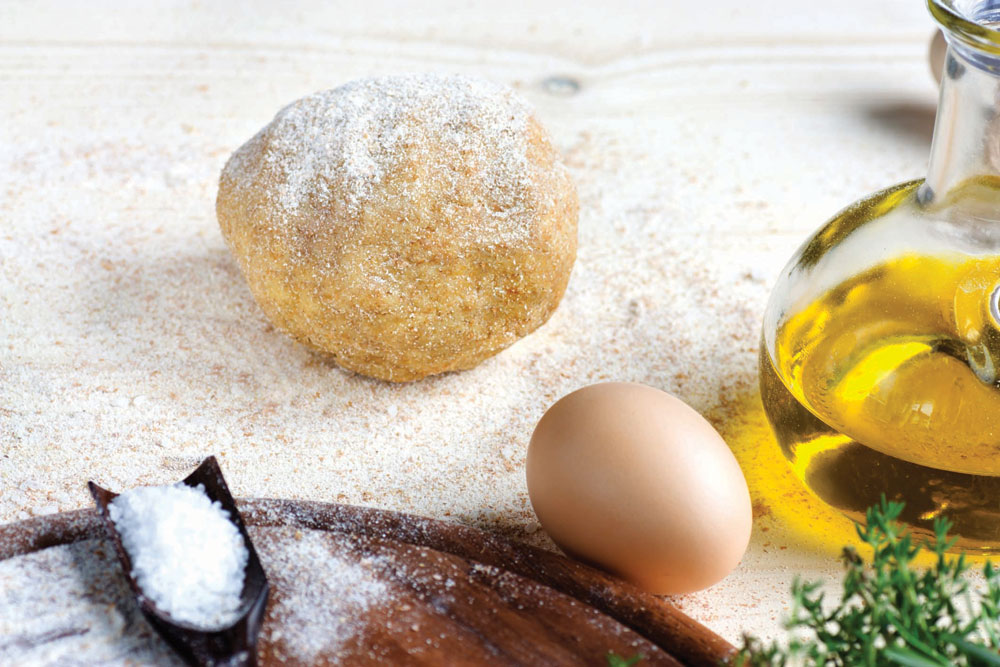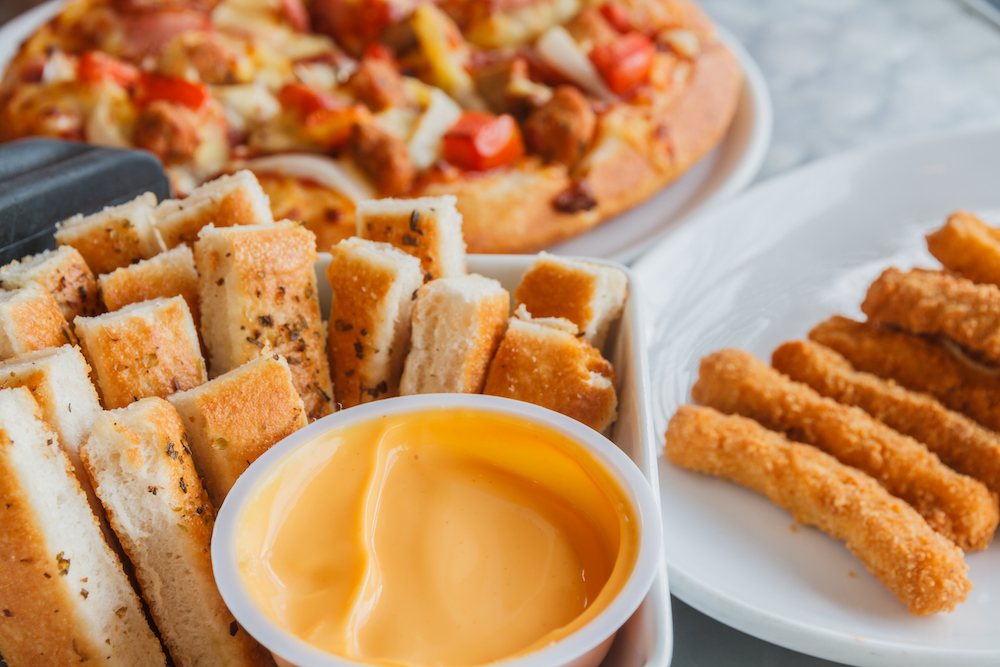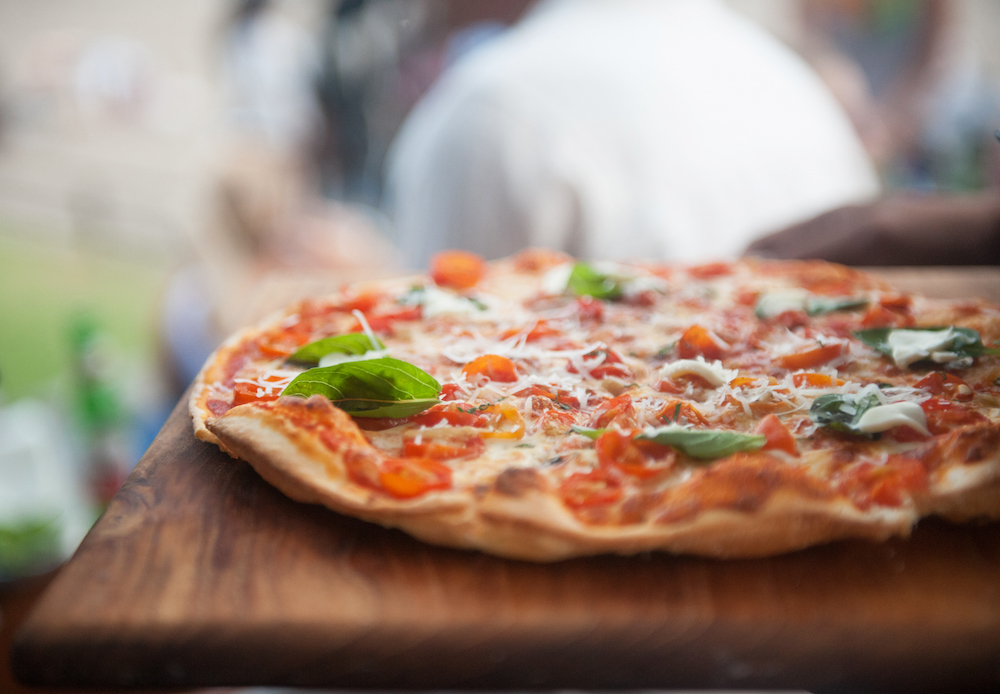Q: I use cornmeal to keep my dough from sticking to the peel, but some of my customers have complained about its grit. What other meal or flour could I use as a similar substitute?
A: The nice thing about cornmeal and other gritty dusting-flour mediums is their ability to act like a lot of little ball bearings, making the transfer of pizzas into the oven easier. In addition, the grittiness that cornmeal imparts to the product is often associated with crispiness in the finished crust.
Different particle sizes of cornmeal are available, so be sure to use a fine grind. As an alternative, consider using corn flour, which is very finely ground cornmeal. Do not confuse corn flour with masa/maseca flour (alkalized corn flour), which also can be used as a dusting-flour substance and is finer than cornmeal. In addition to the options mentioned above, the other dusting-flour mediums include:
- Durum flour—Milled from durum wheat, it has a light yellow color and is fairly fine in particle size (it’s less gritty than cornmeal).
- Semolina—Semolina is the endosperm of milled durum wheat. It’s also light yellow in color and slightly grittier than durum flour but less gritty than cornmeal.
- Rice flour—Milled from both brown and white rice, rice flour comes in a wide variety of particle sizes, ranging from extra-fine and fine to coarse. Even coarse rice flour is less gritty than cornmeal.
- Rye flour—Rye flour is milled from rye grain and comes in light, medium and dark varieties. It, too, has less grit than cornmeal.
- Rye meal—Also milled from rye grain, this meal tends to be much grittier than cornmeal.
- Wheat flour—Wheat flour is milled from wheat and available in white and whole-wheat flours. Whole-wheat flours come in designations of micro or extra-fine, fine, medium and coarse, all of which relate to the size of the bran particle. Typically, these flours are less gritty than cornmeal.
- Blends—The various products mentioned above can be blended to create dusting flour with the characteristics you most desire.
QUESTION:
I par-bake my pizzas and then reheat them when an order is placed. This sometimes results in the crust becoming harder than I’d like. Is there a solution for this?
ANSWER:
Par-baking of pizzas and pizza dough crusts is a great way to quickly bake pizzas and generally ensure that they are crispy and completely baked. If par-baking is your preferred method for baking pizzas, you may need to adjust your dough formulation to reduce the likelihood that they will become too hard on the second bake. Consideration should be given to the level of oil or shortening that’s added to the dough formulation. It may be necessary to increase the level of oil or shortening to impart more tenderness to the finished product.
QUESTION:
We serve mini loaves of bread to our customers, but lately it has been more difficult to consistently bake them all the way through. Can you suggest a method for ensuring that they’re baked right every time?
ANSWER:
One of the best ways to know if a loaf of bread is completely baked is to use a thermometer and measure the internal core (center of the loaf) temperature. Bake loaves until they reach a core temperature of 200° to 202°F.

